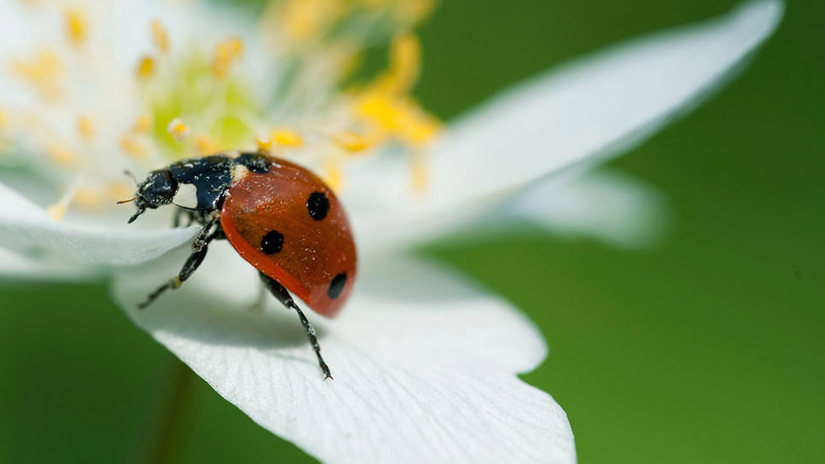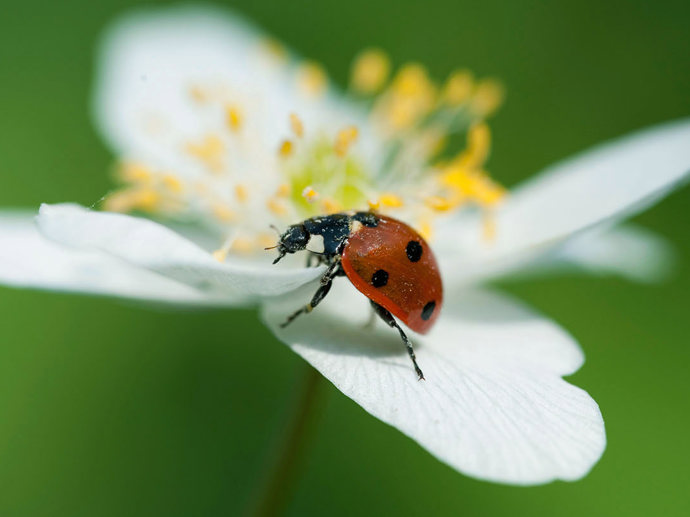Common names: oxeye daisy, moon daisy, mayweed
Scientific name: Leucanthemum vulgare
Family: Daisies
Origin: native
Flowering season: May to September
Habitat: grassland and woodland edges
Cheerful, prophetic and mystical, there’s more than meets the eye to the humble oxeye daisy. Look out for them on roadsides and woodland edges.
Common names: oxeye daisy, moon daisy, mayweed
Scientific name: Leucanthemum vulgare
Family: Daisies
Origin: native
Flowering season: May to September
Habitat: grassland and woodland edges
Oxeye daisy is a small perennial and our largest native member of the daisy family.
Leaves: basal (grow from the lowest part of the stem), often described as spoon shaped.
Flowers: white petals surrounding a bright yellow centre. They grow in solitary heads and are around three to five centimetres wide.
Not to be confused with: daisy (Bellis perennis). However, though the flower heads are much alike in appearance, the daisy’s flowers are significantly smaller at around two centimetres wide. Scentless mayweed (Tripleurospermum inodorum) and scented mayweed (Matricaria recutita) also have similar flower heads but their leaves are very different, forming a thin and thread-like network
A resilient little flower, look for oxeye daisies on roadside verges, meadows and waste ground.


Credit: Keith Burdett / Alamy Stock Photo
The yellow centre of the oxeye daisy is made up of many small flowers which hold nectar and are exploited by various pollinating insects, including butterflies, bees and hoverflies.
The Latin name Leucanthemum is said to have originated from the ancient Greek word ‘leucos’, meaning white.
It was thought to be strongly linked to divination, particularly in France, where it would be used in romantic predictions. These links to divination have filtered down to the modern game of ‘he loves me, he loves me not’ where petals are picked to determine luck in love.

Credit: Derek Croucher / Alamy Stock Photo
The plant was used in traditional medicines to treat various health problems, such as coughs and asthma. The flower heads have also been used to make tea.
The oxeye daisy was dedicated by the Greeks to Artemis, goddess of the moon.


External link
Have you seen the first ladybird of the year or the last swallow of summer? Tell us about the nature near you and help scientists track the effects of climate change on wildlife.